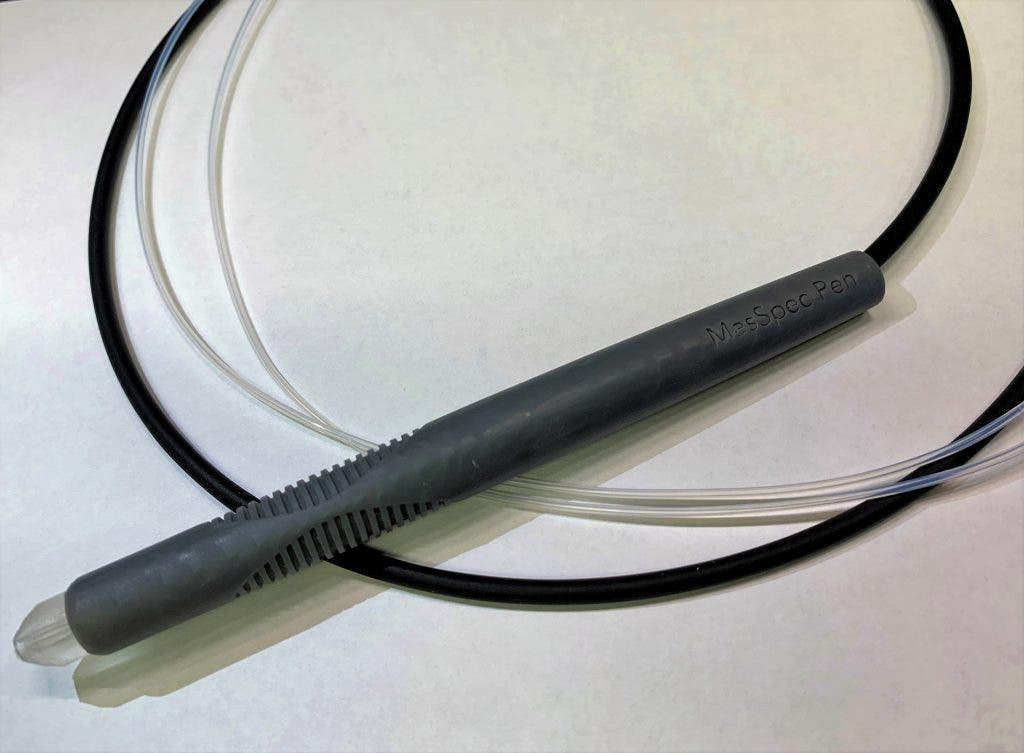A handheld device originally used to diagnose tumors on contact could also be used to prevent fish and meat fraud or mislabeling, a global problem that is causing headaches all around the world.

Abby Gatmaitan, a chemistry graduate student from the University of Texas, discovered that the MasSpec Pen – a mass spectrometry-based cancer detection and diagnosis system – could be used to sample raw meat or fish and identify the species it comes from. She tested the “pen” and it took less than 15 seconds for each of them.
This could be big news because the scale of the problem is surprisingly large. According to some estimates, as much as 50% of all sold seafood is mislabeled, and while other estimates have more conservative figures, it’s still an important problem.
Food fraud is commonly described as any suspected intentional action committed when a food business operator deceives customers about the quality and/or content of the food they are purchasing in order to gain an undue advantage. Common examples include adding sugar to honey and selling regular beef as Wagyu beef. On top of that, mislabeling products can cause problems for people with allergies, religious or cultural restrictions, and there are few easy and fast ways to tell if what you’re buying is really what it says on the label.
Current molecular techniques — such as the polymerase chain reaction (PCR) — are very accurate but can take hours to days and are done at off-site labs. They’re also pretty expensive, and generally not well suited for this task.
While some other methods have been developed, the results have not been particularly satisfying — until now.
Gatmaitan and her team used the pen to examine the molecular composition of grain-fed and grass-fed beef, chicken, pork, lamb, venison, and five common fish species collected from grocery stores. By pressing the device’s tip against a sample, a droplet of solvent was released, extracting molecules to analyze by mass spectrometry.
The process only took 15 seconds, didn’t require preprocessing and the liquid extracted didn’t harm the sample’s surfaces. The researchers then developed authentication models using the unique patterns of the molecules identified so to distinguish pure meat types from each other and beef based on feeding habit.
Finally, the researchers applied their models to the analysis of test sets of meats and fish. For these samples, all models had a 100% accuracy identifying the protein source. This is as good as the current method of PCR and approximately 720 times faster. Plus, it’s relatively affordable, as it uses disposable tips and a small number of solvents.
Gatmaitan plans to expand the method to other meat products and integrate the MasSpec Pen into a portable mass spectrometer for on-site meat authentication. Several government labs have already expressed interest in using the pen to test food and this would help to have more a robust public data repository, she argued.
The pen technology “seems to be an affordable and quick way for businesses to make some quick, science-based verifications of what exactly the species is,” Natalie Hunter, head of supply chain development at the Marine Stewardship Council (MSC), an NGO that provides one of the ecolabels currently in use, told Scientific American.
The study was published in the Journal of Agricultural and Food Chemistry.


